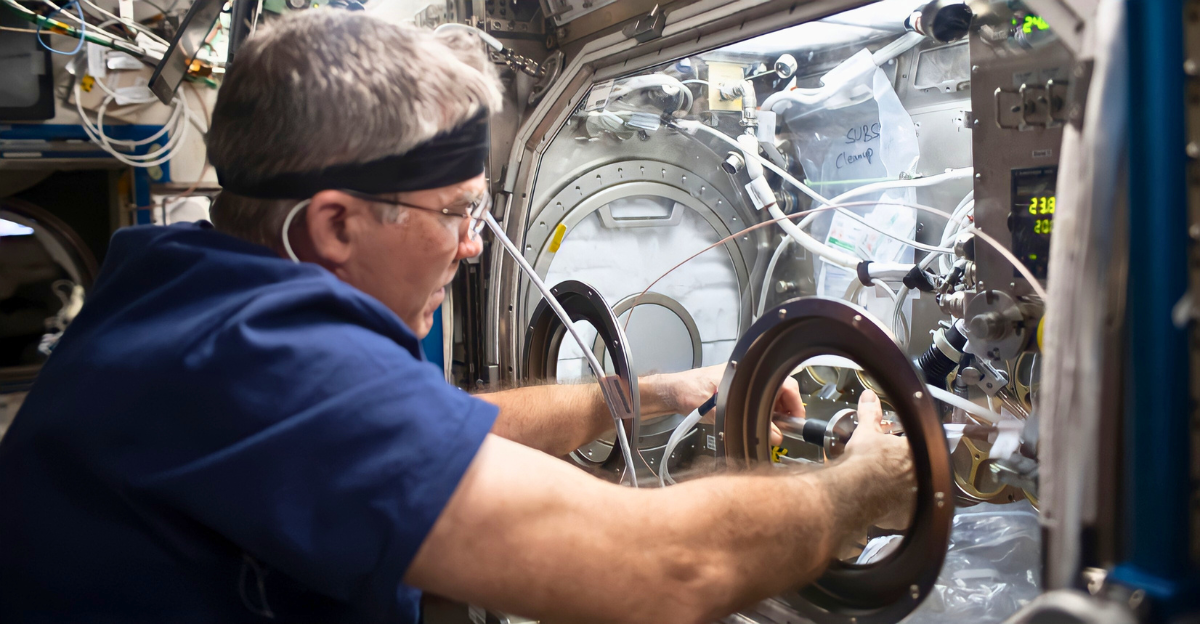
According to reports, America has broken through a significant AI physics barrier by developing Large Language Models (LLMs) that are 90,000 times less expensive and operate 100 times faster than their predecessors.
This breakthrough reshapes the economic and practical viability of AI by combining hardware and software innovations that significantly increase computational speed while lowering inference costs. LLMs can now function with previously unheard-of efficiency thanks to a significant advancement in AI physics, which deals with the fundamental constraints governing model training and inference speed.
AI Computational Barriers in Their Historical Context

Limited computing power has hampered AI advancement since the 1950s; this historical trend is exemplified by landmarks such as IBM’s Deep Blue in 1997, which showed exponential hardware advancements over decades. Even though Moore’s Law caused processor speeds to rise, “AI physics barriers” persisted due to slow and expensive memory transfers.
CPUs and later GPUs limited early AI systems, but scaling to huge models required overcoming basic constraints in energy consumption, data transfer, and chip architecture. The most recent development in this history allows for quantum leaps in AI performance by breaking through cost and speed plateaus.
The Barrier’s Physics
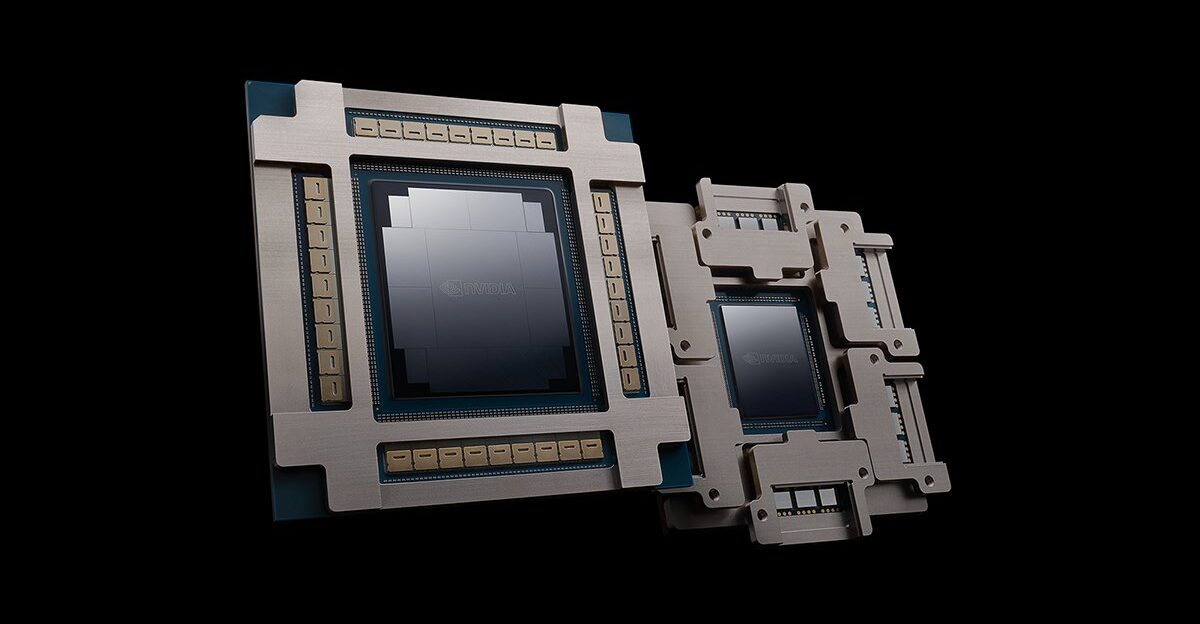
Limitations in electronic data transfer and computation speeds, the so-called “memory wall,” where chips spend more time waiting on data than processing it, are at the heart of the AI physics barrier. Massive LLM acceleration necessitates advancements in software optimization algorithms that address energy inefficiencies, data latency, and hardware architecture innovations (such as photonic interconnects).
Recent advancements include chip-connection systems that significantly reduce delay times and heat generation by using light signals rather than electrons.
Speed-Driven Software Innovations
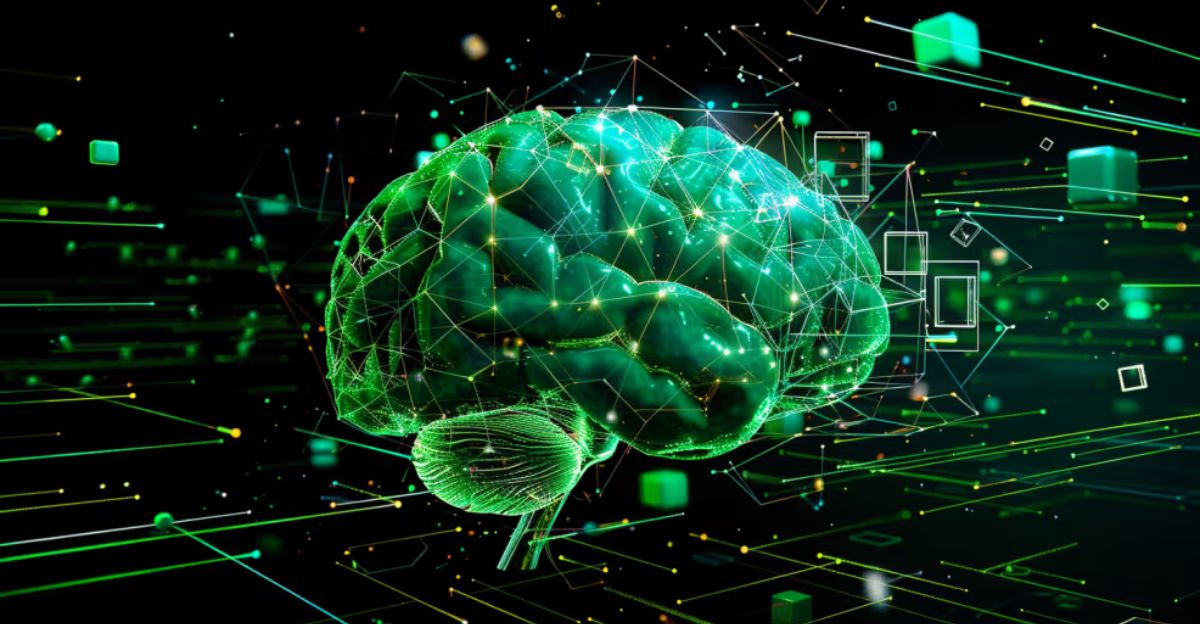
New algorithms in transformer-based architectures and attention mechanisms have opened up orders of magnitude in software efficiency. Engineers have reduced unnecessary computations while maximizing parallelism and memory utilization by reorganizing the token processing and attention layers.
These developments significantly increase the rate of token generation when paired with optimization and timely engineering. In order to achieve the overall 100x speed improvements and complement hardware gains, this software evolution is essential, allowing LLMs to produce complex responses nearly instantly.
Strategies for Cutting Costs

Multifaceted strategies, such as model cascading, which uses simpler models to handle routine queries, token and prompt optimization to reduce computational waste, and caching techniques to avoid redundant processing, result in massive reductions in LLM operational costs of up to 90,000x.
Furthermore, expensive API fees are eliminated by the growth of self-hosted open-source models. When combined, these strategic optimizations significantly reduce costs while preserving and frequently increasing performance accuracy. Thus, previously unaffordable businesses and individuals can now access cost-effective LLMs.
The Breakthrough and America’s Role

Leading academic research institutes, innovative startups, and substantial government funding are all part of America’s leadership, which is promoting advancements in AI algorithms and next-generation computer hardware. Advances in photonic chips and neuromorphic processors have been sped up by partnerships between private tech firms and national labs.
This ecosystem made it possible for the integrated solution to break through the physics barrier first, establishing new international norms and providing financial benefits for the application of AI. Decades of calculated investments in science and technology infrastructure are reflected in the innovation.
Global Developments in Contrast
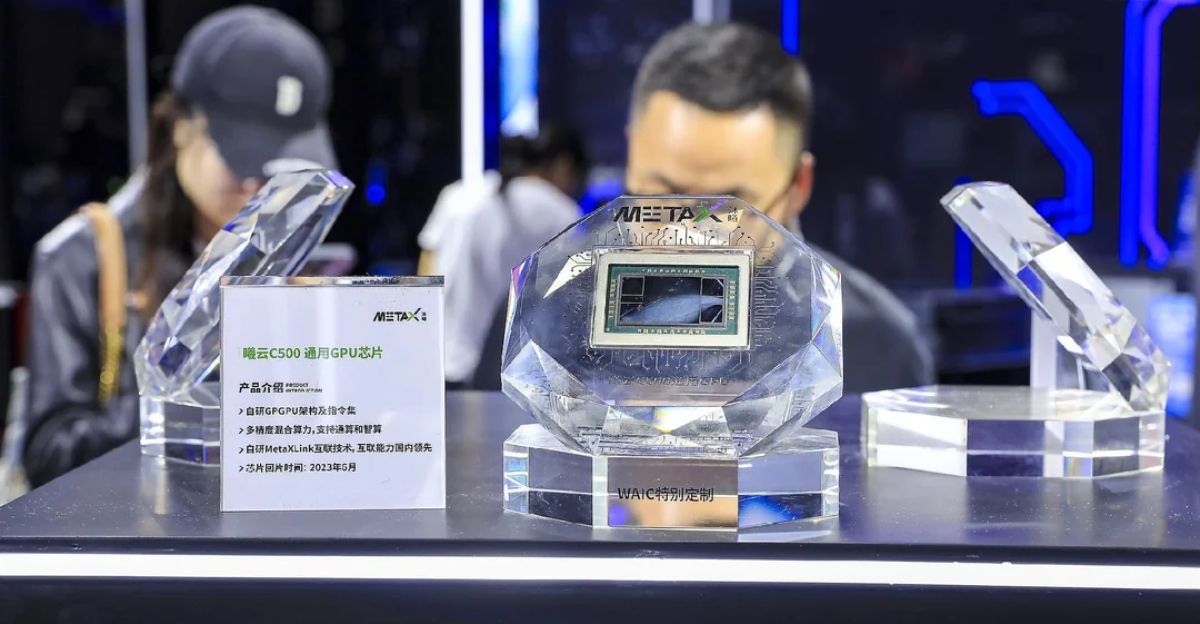
While America is at the forefront, other countries, including China, are vying for effective AI physics breakthroughs. For example, China’s brain-like AI model, which uses novel spiking neural networks, claims to perform 100 times faster than ChatGPT.
To ensure wider applicability, American advancements, on the other hand, place an emphasis on integration with already-existing commercial hardware ecosystems, such as NVIDIA GPUs and photonic interconnects. With economic and security ramifications, countries compete for supremacy in the effectiveness and scalability of LLMs, intensifying the geopolitical AI race.
Practical Consequences for Industry

This breakthrough lowers the cost of AI in a variety of sectors, including manufacturing, healthcare, and finance, enabling large-scale real-time AI analysis and decision-making. These LLMs are used by financial institutions to automate client interactions and speed up research, significantly reducing errors and personnel costs.
Healthcare systems look forward to near-instant AI-powered personalized treatment recommendations and quicker diagnosis. Manufacturing gains from supply chain optimization and data-driven predictive maintenance, utilizing the rapid and reasonably priced innovations to revolutionize operational efficiency.
Ethical and Social Aspects

Important concerns about fair access, job displacement, and AI governance are brought up by this quick democratization of AI. Widespread AI availability, despite its lower cost, runs the risk of escalating false information and privacy violations unless ethical frameworks change in tandem.
Deployment must be accompanied by transparent governance, regulation, and strong ethics created with input from a variety of stakeholders to guarantee benefits are distributed and harms are kept to a minimum. In order to protect the welfare of society, American regulatory agencies are under pressure to develop policies at the same rate as technology.
Models of Theory Outlining the Innovation
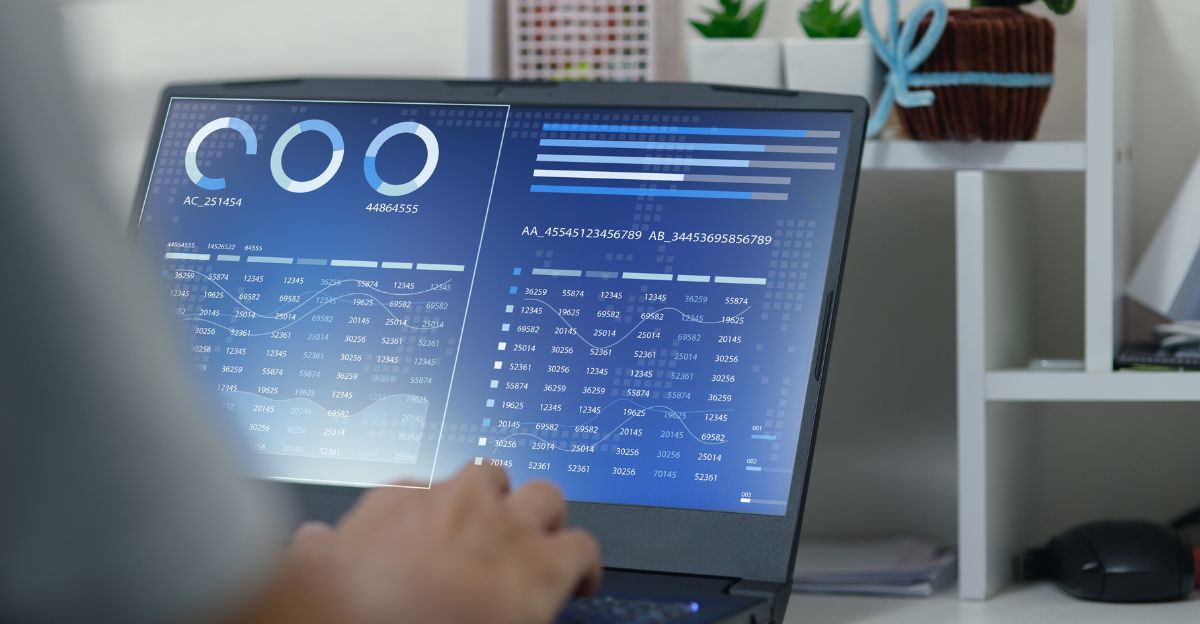
Like breaking quantum physical limits by switching from electronic to photonic and hybrid processing methods, new frameworks model advances in AI physics as shifts in computational phase space.
According to these models, speed increases will result in exponential increases in model complexity, which will cause emergent behaviors in LLMs that are not visible at slower speeds. According to the field, this innovation opens the door to autonomous AI systems that are far more advanced than those that are currently possible by enabling a new computational regime in which AI models self-optimize in real-time.
Severe Case Studies
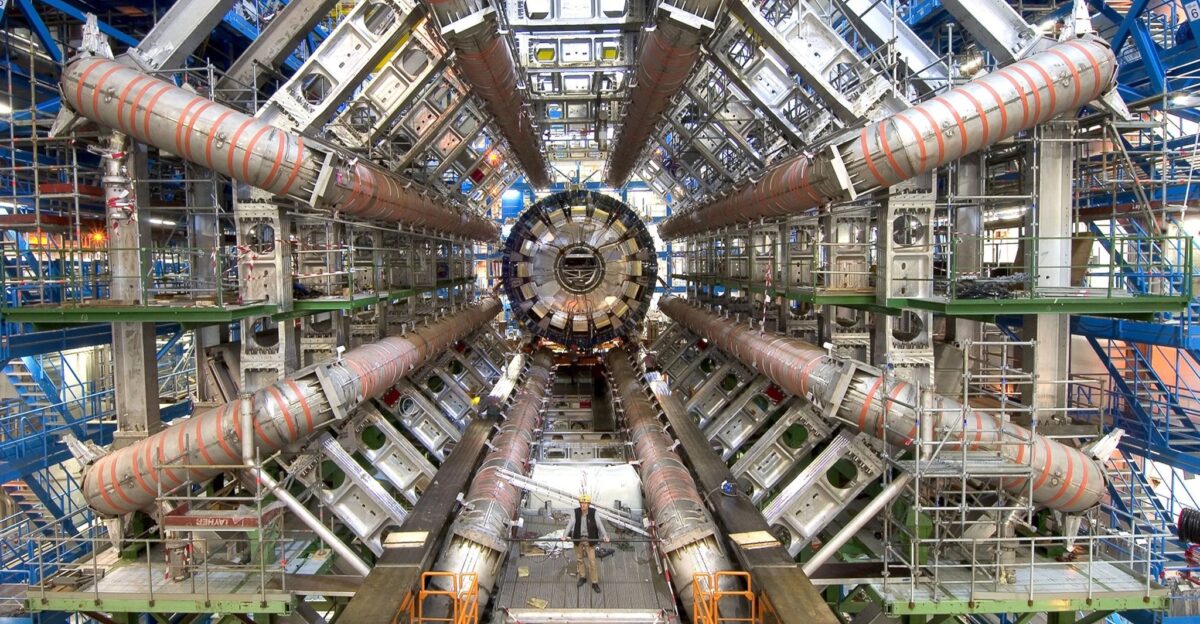
Think about the real-time AI control of CERN’s Large Hadron Collider experiments, where sophisticated LLMs analyze enormous amounts of particle physics data at previously unthinkable speeds, leading to previously unheard-of precision in the discovery of elusive particles like the Higgs boson.
The speed and affordability of AI transform gigabytes of experimental noise into real scientific insight in this application, which exemplifies extreme use cases. This shifts the role of human scientists and speeds up the pace of discovery.
Mashups Across Industries

The fusion of AI physics breakthroughs with quantum computing, 5G communications, and edge computing promises disruptive mashups. Applications ranging from driverless cars to smart cities could be made possible by edge AI devices running potent LLMs locally with low latency and power.
Probabilistic reasoning for complex problem-solving in climate modeling and logistics may be optimized by quantum-AI hybrid models. These interdisciplinary mashups use speed and cost advantages in a unique way to produce unexpected innovations in a variety of industries.
A Special Framework for Comprehending AI Physics

A framework that describes LLM energy and speed limits similarly to physical thermodynamic laws links advances in AI physics with “computational thermodynamics.”
This framework informs the design of hardware and software by predicting bottlenecks and the best routes for scaling AI models. In order to guide future developments and explain recent advances, researchers map trade-offs between energy consumption, speed, and algorithmic complexity by conceptualizing AI computational efficiency as a thermodynamic system.
Unexpected Data Points

Contrary to previous beliefs that higher speed demands always result in massive energy costs, recent research shows that AI inference can now operate with energy uses up to 90% lower while increasing output speed 100-fold compared to 2023 benchmarks.
Leading lab data challenges long-held assumptions about AI’s environmental impact and economic scalability by demonstrating cost reductions of up to 98% without compromising output quality.
Second-Order Effect Hypotheses

In the future, ultra-fast, low-cost LLMs might make it possible for AI agents to monitor and optimize global systems, such as supply chains, energy grids, and disease outbreaks, in real-time and at a low cost.
By automating intricate decision webs that previously required human intelligence, this has the potential to drastically alter economic systems. Yet, this could consolidate power in organizations in charge of AI infrastructures, leading to both revolutionary societal advantages and geopolitical and regulatory conflicts.
Challenges in Governance and Policy

Regulating LLM deployment while encouraging innovation is a challenge for governments. Policies that strike a balance between privacy rights, national security, and AI ethics must change quickly. The innovation necessitates dynamic regulatory frameworks that can provide agile enforcement and ongoing monitoring.
To manage AI’s global ramifications, prevent arms races, and ensure responsible stewardship of this game-changing technology, cooperative international frameworks might be required.
Social and Psychological Effects

Changes in human work identities, dependence on AI decision-making, and cognitive adaptation to augmented intelligence are some of the psychological effects of AI’s increasing integration into daily life. AI-assisted creativity may empower society, but there may also be risks of alienation or a decline in skill development.
Designing AI systems that enhance rather than replace human abilities requires an understanding of this psychological shift, protecting mental health while advancing technology.
Implications for Education and the Workforce

To prepare future generations for roles entwined with ultra-efficient AI, educational systems must change. Interdisciplinary knowledge encompassing AI, ethics, and human-centered design must be emphasized in curricula.
With AI literacy moving from specialized knowledge to a general competency, workforce reskilling initiatives become increasingly important as traditional jobs change or disappear. Pioneering training infrastructures that take advantage of this innovation for inclusive economic growth represent America’s chance to lead.
Opportunities for Innovation and Business

Adopting these LLM innovations gives businesses a competitive edge by automating customer service, marketing personalization, and product development at a fraction of the previous costs.
Modern AI is now accessible to startups and SMEs, leveling markets that were previously controlled by tech behemoths. Innovation is sparked by this democratization, as ecosystems centered around reasonably priced AI-enabled tools are redefining value creation and competitive landscapes in a variety of industries, from biotech to retail.
Conclusion
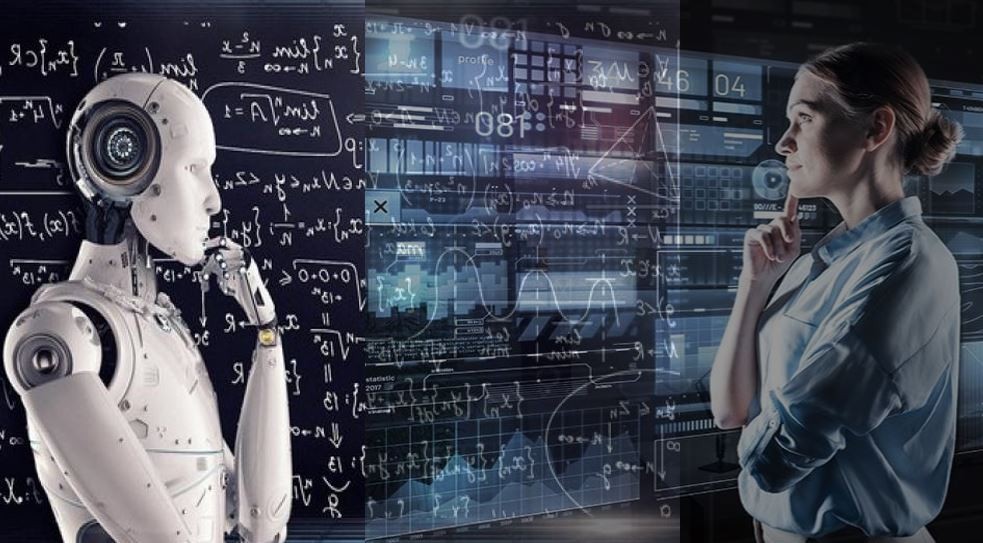
An important turning point was reached when America broke through the AI physics barrier and produced 90,000x cheaper and 100x faster LLMs. It ushers in a new era for the integration of AI into science, society, and the economy, building on decades of scientific, strategic, and technological advancement.
The breakthrough necessitates careful governance, moral foresight, and inclusive policies to ensure that this revolution benefits humanity widely and fairly, despite the enormous benefits, such as democratizing AI, improving industries, and facilitating scientific discovery.